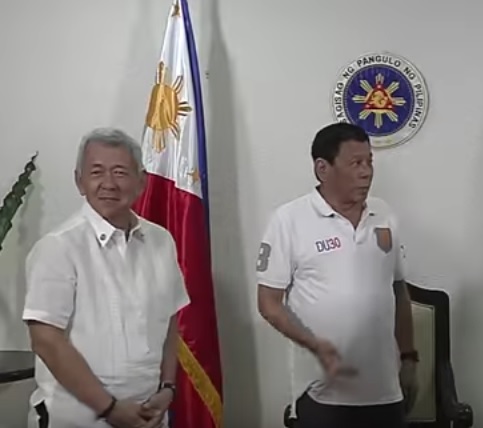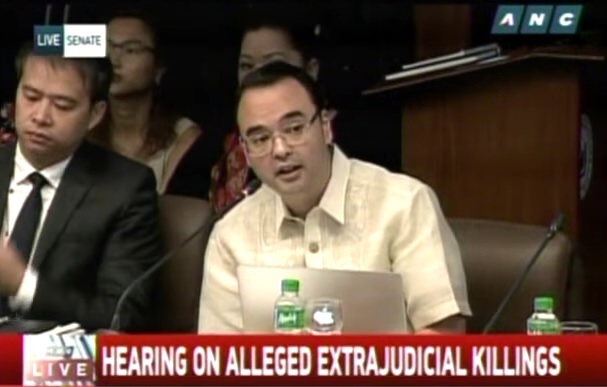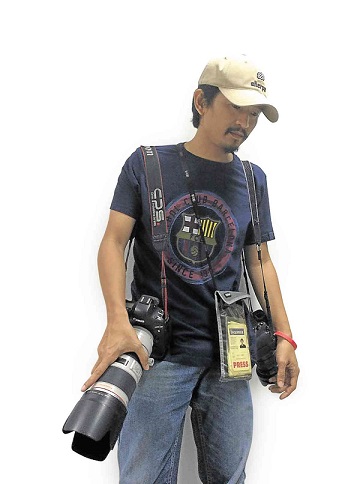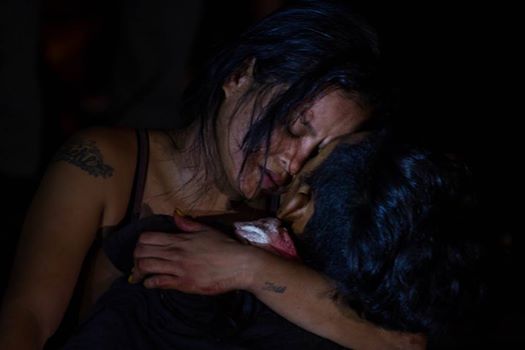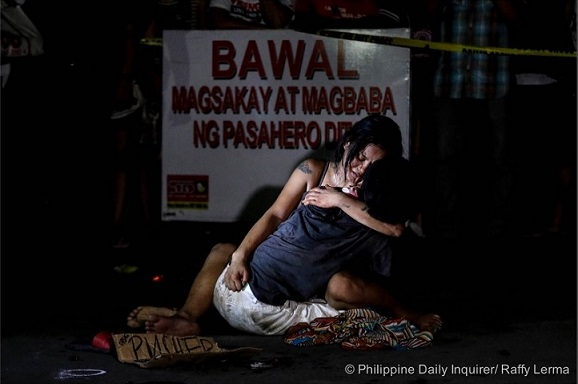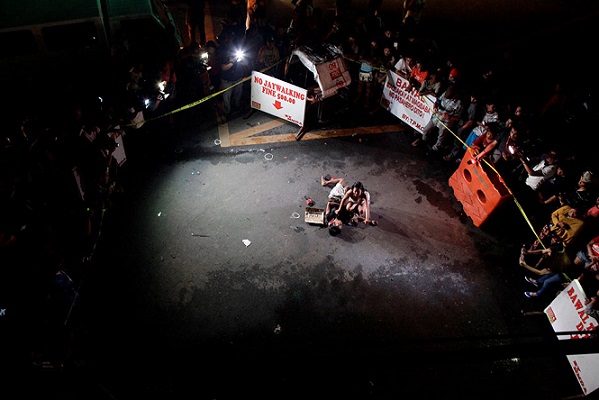“It was done in the wee hours of the morning and he was very tired, “ Yasay said adding that the President “ already ended up the press conference … but the press were still leading him with a lot of questions, so it is in this context that he made this statements.”
Whose choice was it to hold the press conference at 1 a.m., Sunday? Why should the reporters be blamed for asking the questions at those unholy hours which the President earlier said was his normal working hours. Didn’t he say that he sleeps mornings and starts his day at 1 p.m.?
The President’s statement that made the headlines the next day was “Maybe we just have to decide to separate from the United Nations…Kung ganyan kayo kabastos eh umalis na kami diyan sa inyo.”
He said as a member the Philippines contributes for the maintenance of the international organization. “You return the money to us and we’ll go out. With that amount, I can build so many, rehab centers all over the country.”
Actually, the media just picked up the milder quotes of the President’s tirades against the U.N. officials – Agnes Callamard, Special Rapporteur on summary executions and Dainius Pūras, Special Rapporteur on the right to health, who have expressed alarm over the rising number of killings related to Duterte’s anti-illegal drugs campaign.
Duterte said it was “bastos (rude)” of the U.N. rapporteurs to criticize him publicly based on what they read in newspapers and tabloids. He further called them “Tangina mo. gago. Ulol”
Yasay said, “The president was tired, disappointed, hungry when he made the statement. We must give him leeway. He is also human.”
It was another media-bashing at the Senate with Sen. Alan Peter Cayetano scoring media for the portrayal of the Philippines as ‘‘Wild Wild West” by international press.
”Grabe ang tama sa media na as if Wild Wild West tayo,” Cayetano said in his opening statement during the Senate’s inquiry into extrajudicial killings in connection with Duterte’s war against illegal drugs.
The rising number of killings related to Duterte’s intensified was against illegal drugs has been covered by international media including Time Magazine, New York Times, Washington Post, The Guardian, and CNN.
Cayetano blasted at media putting up “kill lists,” a daily monitoring of drug-related killings. He said media ignores the positive effects of the government’s anti-drug campaign.
The senator, who was the running mate of Duterte in the last elections cited the statement of the President and Police Chief Ronald ‘Bato’ Dela Rosa saying “Ayoko ng EJKs ” but in the report, “Pero sa interviews, mga kapatid sa media, panay ang report n’yo na gusto ng pangulo at ng PNP ng EJKs.”
“Be fair,” Cayetano exhorted media.
The National Union of Journalists of the Philippines, in a statement, said “Cayetano’s allegations that media have been playing loose with the numbers have been dispelled by no less than PNP Director General Ronald dela Rosa who presented statistics showing that, if media have erred in counting the cost of the drug war, it is by being on the low and not, going by what the good senator would like to insinuate, on the high, side.”
Senator Alan Peter Cayetano protested too much when he insinuates that media have been blowing up the rash of killings that have accompanied the Duterte administration’s war on drugs or worse, are embarked on a campaign to tar the present dispensation, as he did yesterday, August 22, in remarks he made during the Senate hearing into the deaths that have accompanied the anti-drug campaign.
NUJP pointed out that, “During the August 18 hearing into the drug-related killings, Dela Rosa said that the death toll from July 1 to August 15 was 665 in police operations and 899 others ‘under investigation,’ including the vigilante-style extrajudicial killings whose victims, bodies wrapped in tape and/or with placards around their necks trumpeting their alleged crimes, have been dumped in the streets all too regularly.
“In Monday’s hearing, Dela Rosa said the death toll had risen to 1,779 (712 in police operations, 1,067 allegedly by vigilantes) as of that day, slightly more than a thousand of these ‘under investigation,’ or, going by his own figures, a jump of more than a hundred in a weeks’ time.”
NUJP Chairman Ryan Rosauro said Cayetano practically accused ABS-CBN and the Philippine Daily Inquirer of wanting to tar the administration by running the s “kill list.”
“But what would Mr. Cayetano have the media do, play blind as the bodies pile up and go along with the canard to declare all who have died, including the innocent — and yes, there have been innocents — guilty as alleged and, thus, deserving of their fate sans due process as our laws and the very principle of rule of law that this administration wishes, and rightly so, to restore?,” Rosauro asked.
“Sadly, like Justice Secretary Vataliano Aguirre before him, Mr. Cayetano also irresponsibly raises the claim, without proffering an iota of evidence, that media are among those being bought off with drug money supposedly to discredit the administration,” NUJP said.
“Again, we reiterate that such allegations, without any proof, not only serve to unjustly cast a pall of suspicion over the Philippine media and, in particular, the journalists who toil on the front lines but, much worse, put lives in danger, not only should those behind the growing plague of drug-related murders see it fit to include us as targets, but also by providing a convenient cover for those who would silence an independent press and have already claimed a horrendous toll of more than 170 from our profession’s ranks since 1986,” the journalists’ group further said.
Duterte and his officials should not give too much credit to media.
Media merely mirrors reality on the ground. Your image is your own making.
